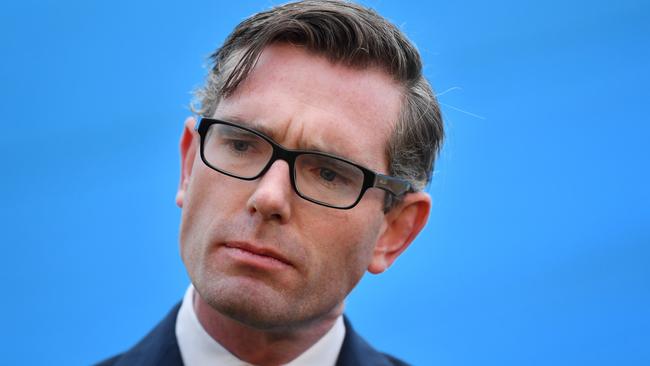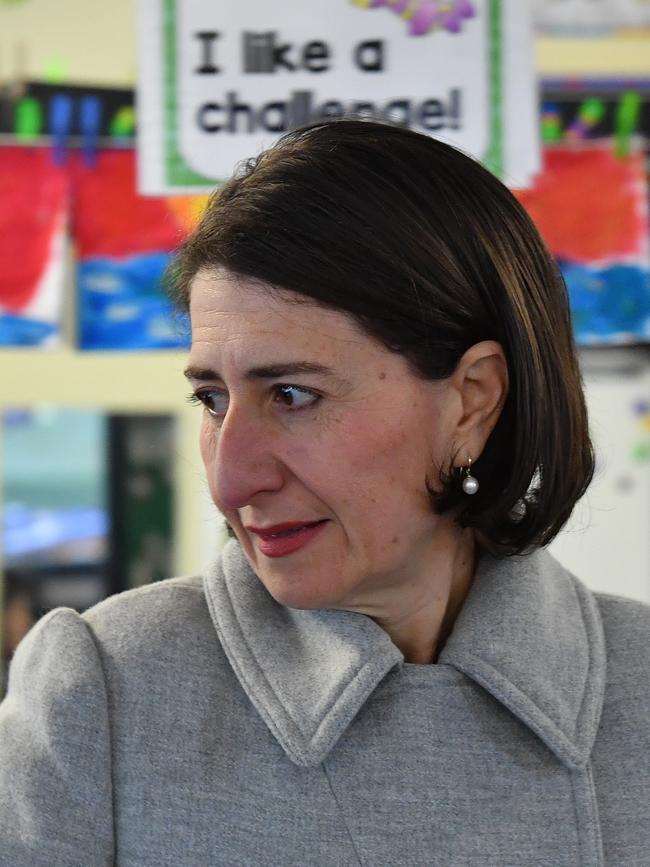NSW Budget 2019: As good as it’s going to get

• Debt balloons to record $38bn
• Key Budget elements
From a financial point of view this is about as good as it’s going to get and things are about to get a lot tougher from here.
Treasurer Dominic Perrottet was in a triumphant mood boasting “this is what success looks like’’ as he handed down a surplus budget (a modest $802m) and boasted that the state will have money in the bank of $8.8bn (negative net debt) at the end of June.
But Premier Gladys Berejiklian has declared that she wants NSW to “have it all’’ and that is expensive.
Perrottet was at great pains to stress that the government is delivering on its election promises.
Its infrastructure program peaks at $93bn over four years as it rolls out its impressive program of building new rail lines and stadiums and upgrading schools and hospitals.
The Treasurer highlighted the recently opened North West Metro, the Newcastle Light Rail and the Western Sydney Stadium as he trumpeted a “mega building program on a scale never before seen in the history of out nation’’.

He went on to list another 22 major projects including the new football stadium, M4-M5 Link Tunnels and two planned metro rail projects.
But the building program — which will no doubt boost the state’s economic capacity and provide stimulus to the economy — comes as financial storm clouds gather.
The soft housing market has wiped $10.6bn from stamp duty receipts since 2017 and receipts are projected to remain soft. The federal budget cut $2.3bn in GST receipts as a result of lower consumer spending.
Growth in the coming financial year will fall below trend to 2.25 per cent and this is being underpinned by government infrastructure spending which is contributing 0.5 per cent to economic growth over the next two years — around five times its historical average.
The drought is slashing agricultural production — exports are down 20 per cent — and shows no sign of abating. State support for affected areas now tops $1.8bn.
The budget papers show net state debt is set to rise from negative $8.8bn (ie money in the bank) in 2018-19 to $12.35bn in 2019-20 and blowing out to $38.64bn in 2022-23.
By national standards that’s about half of the debt burdens of Queensland and Victoria but it’s still a hell of a credit card bill.
It is also a record for NSW in nominal terms and will likely grow as projects like the Western Sydney Metro continue to swallow capital.
This will increase pressure for more privatisations to pay for the building program.
Perrottet said there were no plans for further privatisations but he was careful to leave the door open.
But will the Premier, who ruled it out at the last election, be game enough to take another round to the next election as she defends a two seat majority?
Interesting times.



Take a good look at today’s NSW state budget with its big spending infrastructure program, handouts for households and money for the bush.